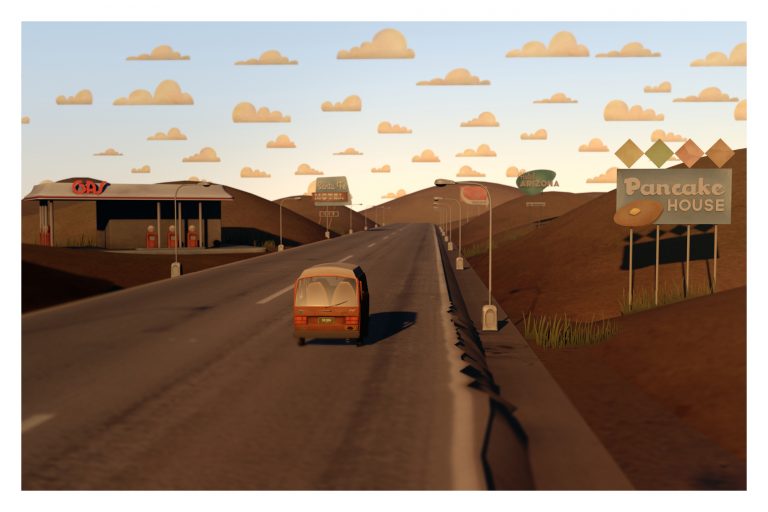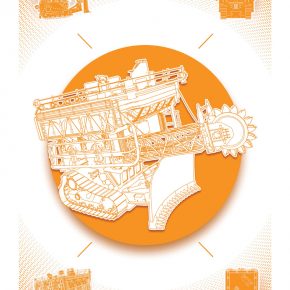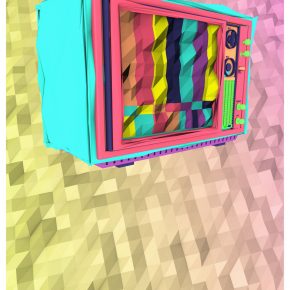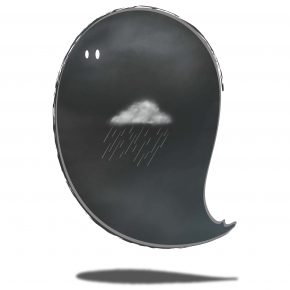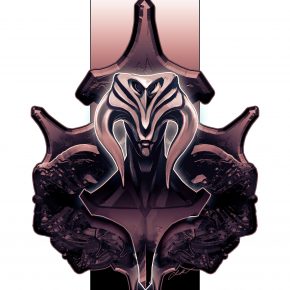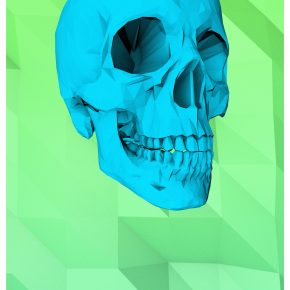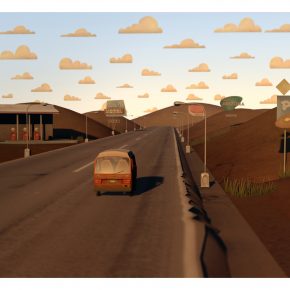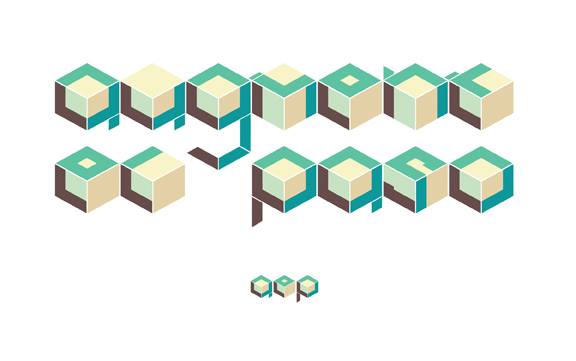 There’s a new way to experience art in El Paso and it jumps right out at you—literally. Through the use of an application on your phone, scanning a 2D (2 dimensional) image reveals a hidden illustration no one would think was ever there—wonderful pictures jump out of the medium and play around with you in a jubilant manner in 3D. It’s nothing short of magical, and Augment El Paso is finally bringing this frontier to us.
There’s a new way to experience art in El Paso and it jumps right out at you—literally. Through the use of an application on your phone, scanning a 2D (2 dimensional) image reveals a hidden illustration no one would think was ever there—wonderful pictures jump out of the medium and play around with you in a jubilant manner in 3D. It’s nothing short of magical, and Augment El Paso is finally bringing this frontier to us.
Augment El Paso is a group of inventive and imaginative artists aiming to help further the development and arrangement of art. I got to speak with three of the artists in the group to see what augmented reality meant to them, the future of augmented art in El Paso and a view into how these creative visionaries generate such remarkable pieces.
What is augmented art or augmented reality?
David Figueroa: Augmented reality is term used when the world around you is enhanced through the use of motion graphics, computer modeling and animation, audio, geo-location and so on. Since it’s an augmentation of reality, the only way to see these enhancements is through an electronic device such as a TV screen, mobile device, etc.
Ruth Zehntner: I think augmented art is a medium which allows us to not just appreciate, but also to interact and share a space with the artwork. I first learned what augmented reality was at an animation class, and I already worked in 3D when I met David, and he invited me to participate in Augment EP.
Carlos David Luevano Roman: Augmented art for me is just another kind of way to take a look at 3D shapes; it’s more interactive than other forms of 3D and it’s real-time. I’m a motion designer, so I have always been inspired to create 3D objects or animations.
You had to make your own application and get it approved through apple and android? Was there any difficulty with any of these providers?
David: The only difficulty has been with Apple. They take a few weeks to review any updates, and if something gets rejected, they leave little to no information on why the update was rejected. Android’s process is automated, and updates get pushed within hours, but we have had mixed results with Android running the game engine we use.
How long does it roughly take to make an augment piece?
Ruth: Well, it depends on what you make; you could make anything from a bouncing ball to an entire landscape. But I’d say about two to three weeks for most of the pieces.
Carlos: I took about a month for each piece from start to finish which involves creating the objects in 3D, rendering the artwork for the posters and finally creating an animation—keeping in mind that all this is done in our free time; we all have full time jobs.
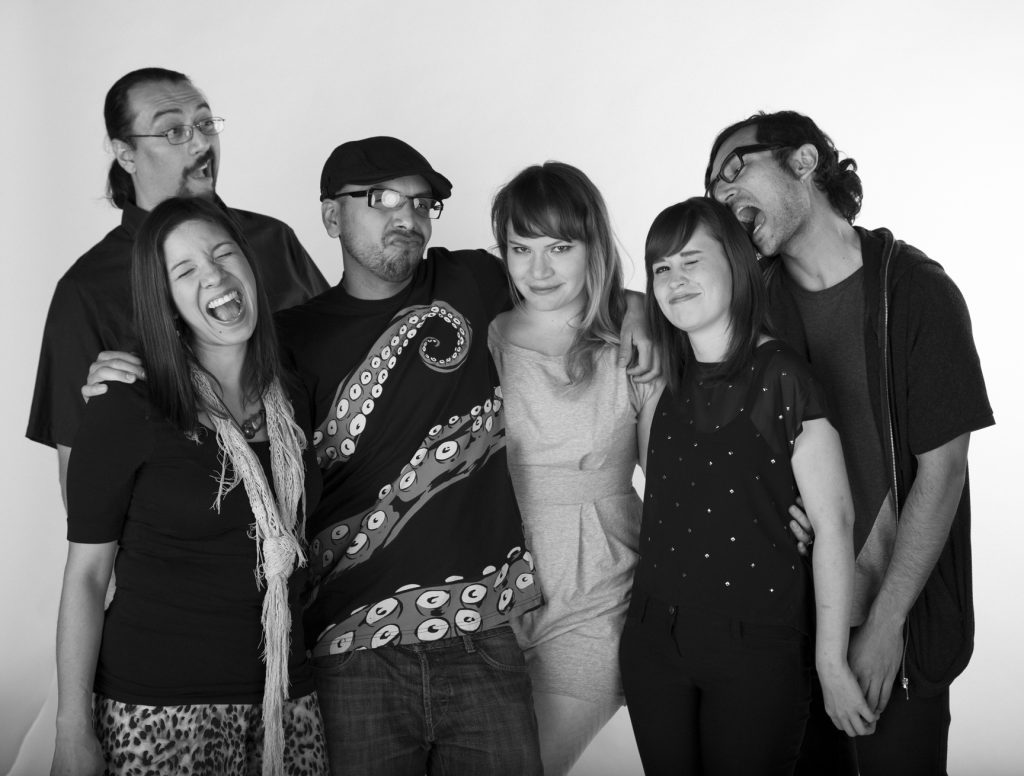 What’s your favorite element about creating augmented art?
What’s your favorite element about creating augmented art?
Ruth: I used to do a lot of 3D art, but most people don’t understand a lot of the work that goes into it and how does it work, they just see a 2D picture. But with the augmented art, you can take the 3D artwork to reality and see it from all angles, move it around and it’s as if it comes to life.
Carlos: Interaction. I’ve been using 3D software for the last six years, but this is the first time where the audience can interact.
Can this art-form be implemented into jewelry, graffiti art, even tattoos etc?
David: Yes, yes and yes! We have augmented pins and waiting on our augmented necklaces. We are currently working on a few murals and are about to test on a tattoo pretty soon.
Carlos: Augmented reality can be applied in anything pretty much: education, TV, flyers, music, architecture, advertisement… and those are only a few fields that could benefit from this art-form.
In the shows you all have done, would you say your augmented art was a success?
Ruth: I think so. The best part was to see the reactions from people who didn’t know what to expect and to see how their way of appreciating the art really changed. They would see the prints and walk away, and when we showed them the augmented art they would want to look at all the pieces and share it with their friends.
While at your shows, I saw people fascinated by the mere possibility of this 3D art. Has that inspired you to take your pieces to the next level?
David: Yes, I would really enjoy developing more augmented pieces throughout the city for more people to enjoy. Developing and spreading out our work is the next phase, but the next level includes a bit more. I want to say more, but I don’t want to ruin the surprise.
What could one expect from your next show?
David: Our next showing will be at Francella Salgado’s new spot (Dreadful Things) at 2226 Montana. We are augmenting some of Francella’s work and will be adding to the current pieces, as well as adding new work. As for our next big show, well… I’m going to keep that under wraps for a while. It’s pretty exciting, though.
Ruth: We’ve learned a lot from creating the first pieces so I think we now want to explore more the possibilities of the augmented reality, doing bigger and more interactive artwork. We are also looking forward to collaborating with other El Paso artists.
What, do you think, is the future of augmented art?
Ruth: I think it will be incorporated into more of our daily life; we will start to see it in more places and different uses. It’s a great tool not just for art but also for education, publicity, tourism, etc.
Carlos: I’m sure at some point museums will introduce this; you will see it everywhere, not just in art.
https://www.facebook.com/AugmentEP
TEXT: TOMMY NAUBERT


